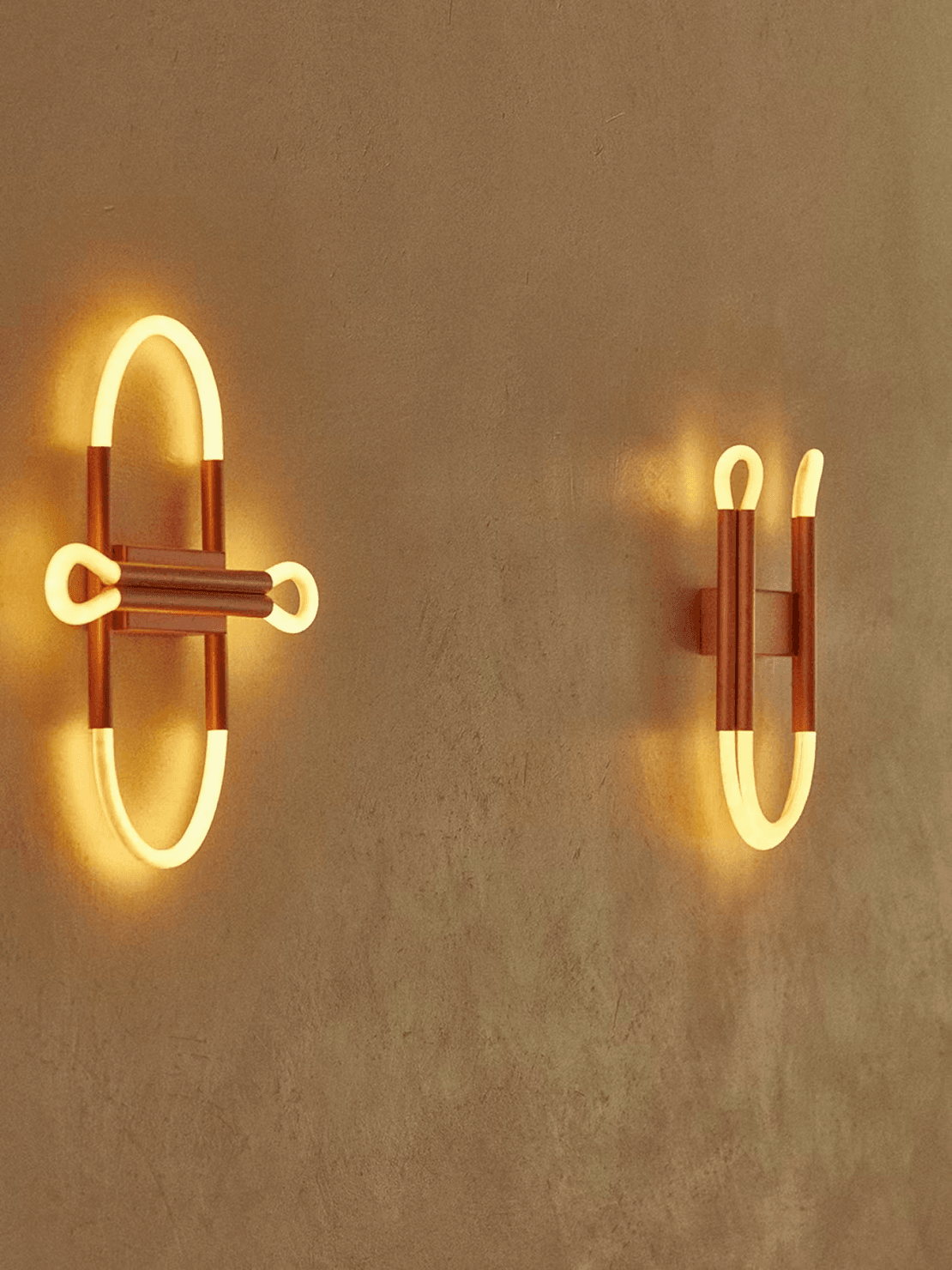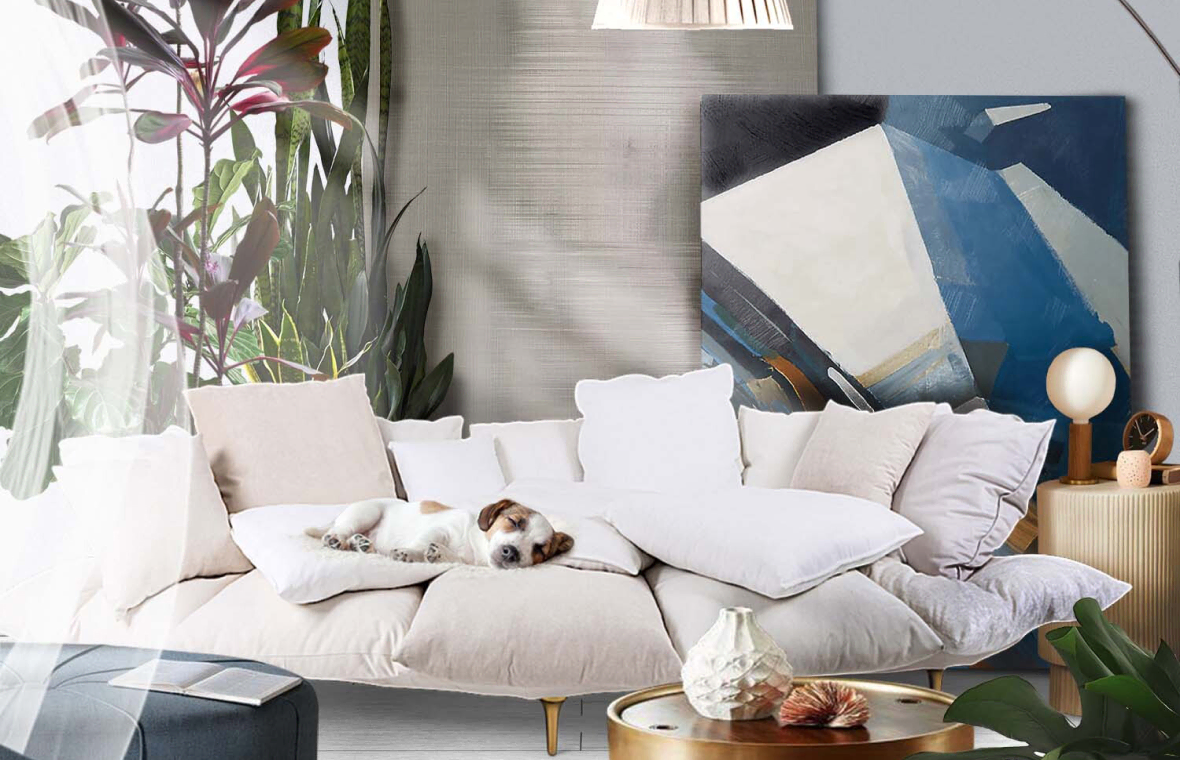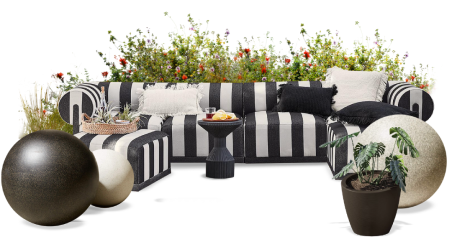Sustainable Interiors: Touring an Upcycled Restaurant
 by Silvia|Feb 24, 2022
by Silvia|Feb 24, 2022What would it look like to design an entire interior only with waste?
Someone has done it, so let’s tour the end result…

Credit: MO de Movimiento
Waste Reimagined
MO de Movimiento is a Spanish restaurant built almost entirely with construction debris coming from the demolition of the theatre that previously lived on the site.
The design follows a fuss-free aesthetic that’s meant to strip out all non-functional decorations, yet still manages to decorate through function in a very unique way.
All furniture has been manufactured on-site, eliminating the impact of transportation. Starting from the entrance, the main door handle is a bunch of electric wires fastened together. Benches are made with concrete waste tiles and red bricks, which also make the bathroom sink. Chairs repurpose pine boards from the demolition, and tabletops give a second life to what used to be wood floors. The kitchen is tiled with residual materials, and the existing staircase is reused as-is to provide access to the second floor.

Credit: MO de Movimiento

Credit: MO de Movimiento

Credit: MO de Movimiento

Credit: MO de Movimiento
Mounted with ropes, light fixtures are old parking fluorescent lamps rewired with LED, offering a less energy-greedy solution. Both the ceiling acoustic panels and pillow infills are made of second-hand textiles, and tableware is made with recycled materials.
In the patio, the chicken fence is used to reinforce the (existing) walls, while providing a backdrop for climbing plants to grow and enrich the space over time.

Credit: MO de Movimiento

Credit: MO de Movimiento

Credit: MO de Movimiento

Credit: MO de Movimiento

Credit: MO de Movimiento
Energy-saving Solutions
The restaurant also features creative solutions to cut energy and resource consumption.
The space is kept warm through a mix of floor heating and radiators, aka plumping pipes spirals. These are powered by rainwater warmed with the residual heat from wood-burning pizza ovens, which only use wood coming from trimming.
Air-conditioning exploits a low technology method: cooling hot air with water, the same water used to keep beer fresh. The process occurs inside hanging terracotta pots that add a quirky element to the space. Residual water is then used to water the garden together with rainwater.
Other energy-saving solutions include a filtration system to get drinking water and the reuse of greywater to flush toilets.

Credit: MO de Movimiento

Credit: MO de Movimiento
Beyond Design
The same care that has gone into the interior design also goes into other aspects of the restaurant. To name a few… Uniforms are second-hand shirts restored where needed and colored with natural dyes. Cooking ingredients are sourced from small local producers. And the restaurant employment policy doubles as a work integration system.

Credit: MO de Movimiento
Food for Thought
Although designing with only upcycled materials is not always doable, it certainly is something to learn from. A space made entirely with building debris shows a new direction for creativity in design, pointing towards a circular use of resources. Something to remember whenever going through demolition, is to keep in mind whenever looking at materials that will be trashed unless we design a new life for them.
This article was written by Silvia from DforDesign.
Meet The Author
Silvia is an interior designer and content creator who resides in Switzerland. For her, interior design is way more than aesthetics. That's why she says that she's on a mission to make interior good for wellbeing and our planet.
Both on clients' projects and on the blog, her work focuses on:
Biophilic Design: wellbeing-centered interiors that take inspiration from nature.
Sustainable Design: products & materials that are mindful of the environment and support the development of a circular economy.
















 21h left
21h left



